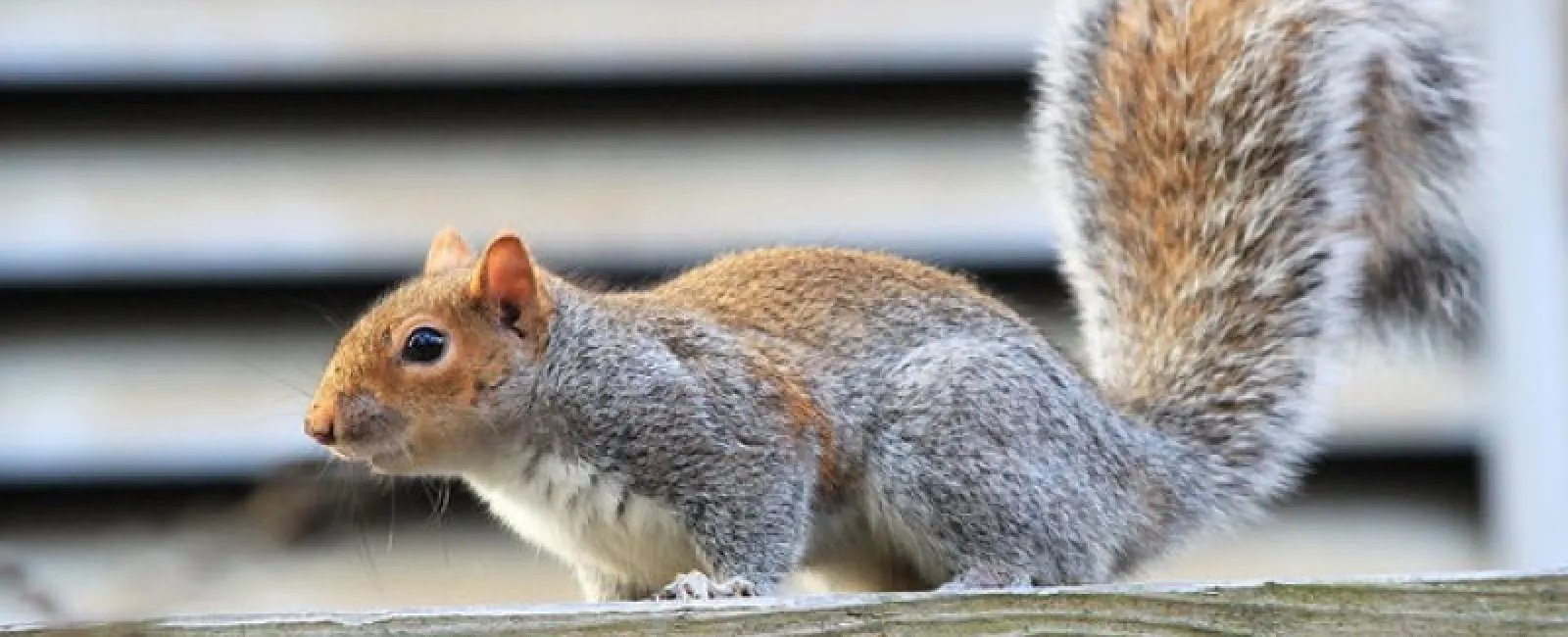Rodents like rats and squirrels love your house. In winter, they try to move in out of the cold. In early spring and summer, they wake up out of hibernation and start looking for food and new nesting materials. They can fit through incredibly small cracks and gaps too, which means you have to keep careful watch for points of entry. Here are some of the most common access points for these rodents.
Vents and ductwork
Rats and other rodents are skilled at finding ways into vents and ductwork, which lead straight into your home. Roof and attic vents are particularly troublesome, because they are often easy to access (especially for squirrels, who enjoy that kind of challenge), and let’s face it, people rarely consider or realize they have those vents. It’s important to always screen any roof vents, and make sure that attic insulation is complete and without tempting gaps.
Chimneys and drainage pipes
Chimneys get rid of smoke and drainage pipes get rid of condensation and other moisture. Both can also provide entry points for a variety of rodents. Chimneys, like roof vents, should always be capped and screened to prevent rodents (and birds) from climbing inside and nesting around them. Drainage pipes should always empty out into well-maintained beds of gravel so they are not directly open to the outside air.
Holes for electrical work and plumbing
How do you move wiring or pipes through a wall? You make a hole! But unless that hole is carefully measured and then sealed, it provides a perfect spot for rodents to gain access to walls and rooms inside your home. It can be difficult to know if these holes exist unless you are renovating, but also make sure that they are covered when you find them. And speaking of renovating…
Remodeling work
Any type of remodel can open up your home to squirrels and other pests, especially at night. Both DIY and professional projects need to be carefully covered at the end of each day, and projects that open up the house to the outside need top priority so your home can be sealed again.
Siding problems
Cracked, warped and broken siding can create cracks large enough for rodents to find a way behind, where they can do some real damage. If you notice siding problems, let Findlay Roofing know and we can fix those weak spots.
Roof damage
Missing flashing, missing or broken shingles, and other types of roof damage can also open up your home to rodents. They will be quick to chew through any underlayments or other materials once covered, eventually doing even more damage and finding their way inside your house. If you have roof damage like this, it’s important to act quickly and find a way to repair it before pests realize they have a way in.




